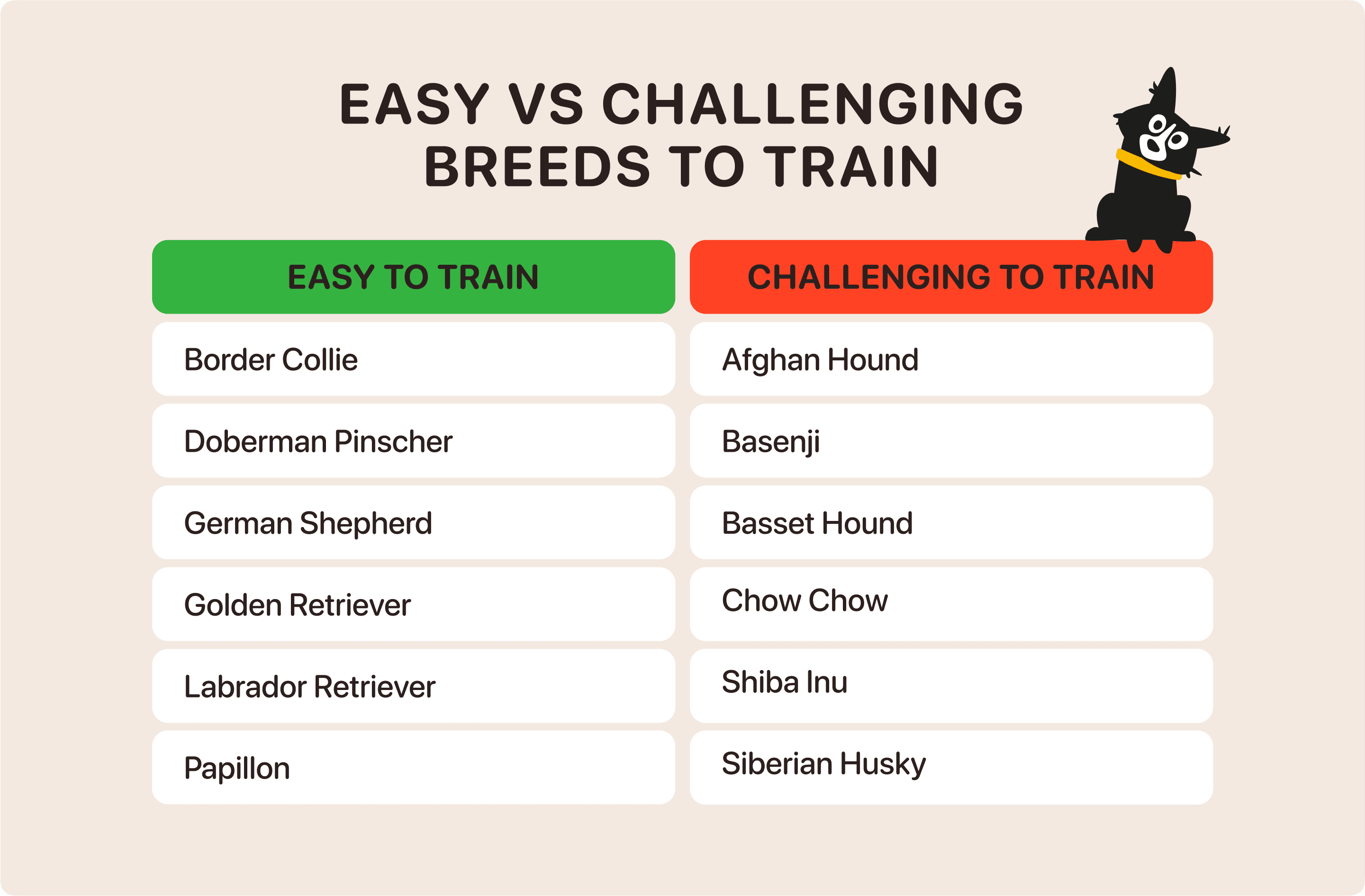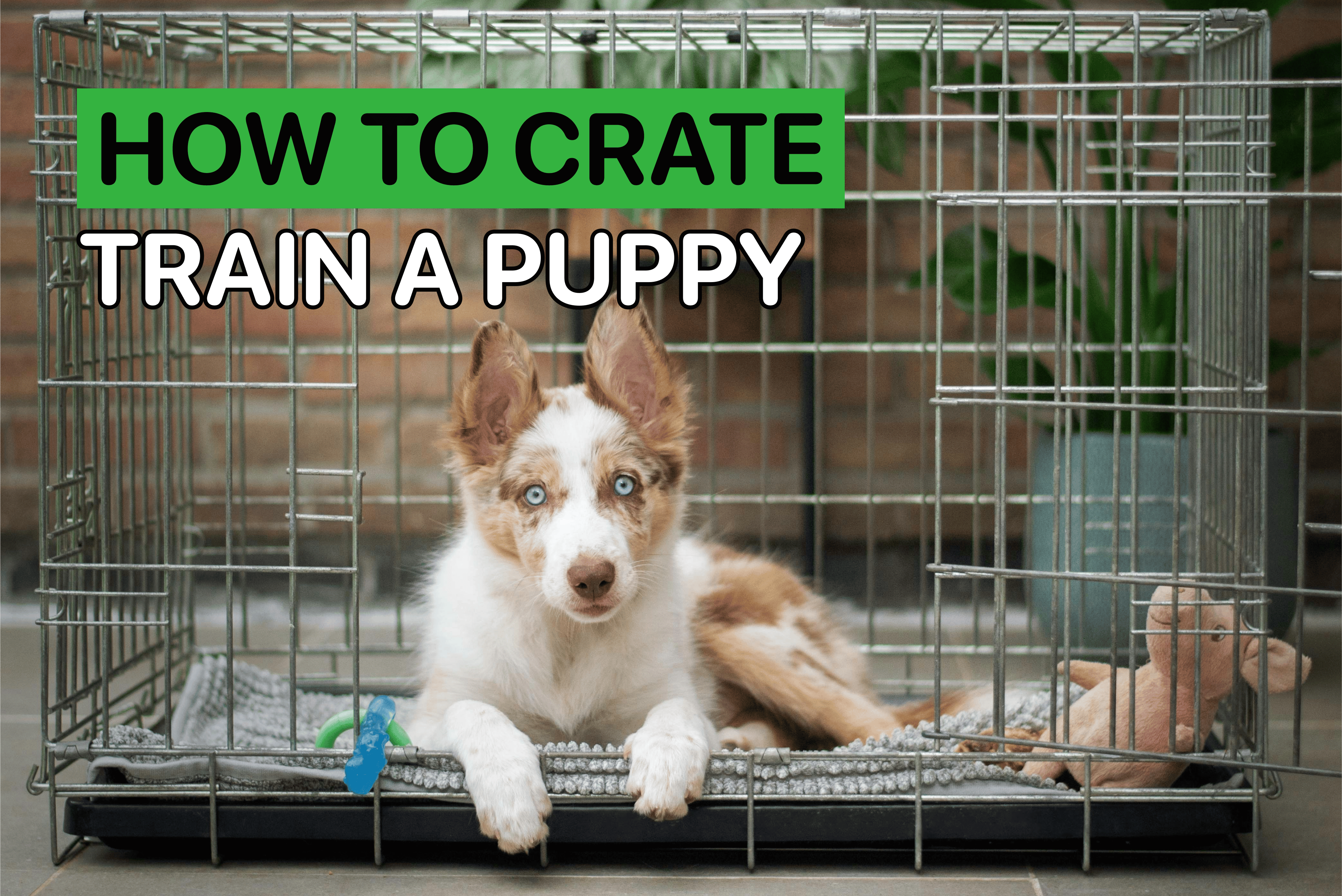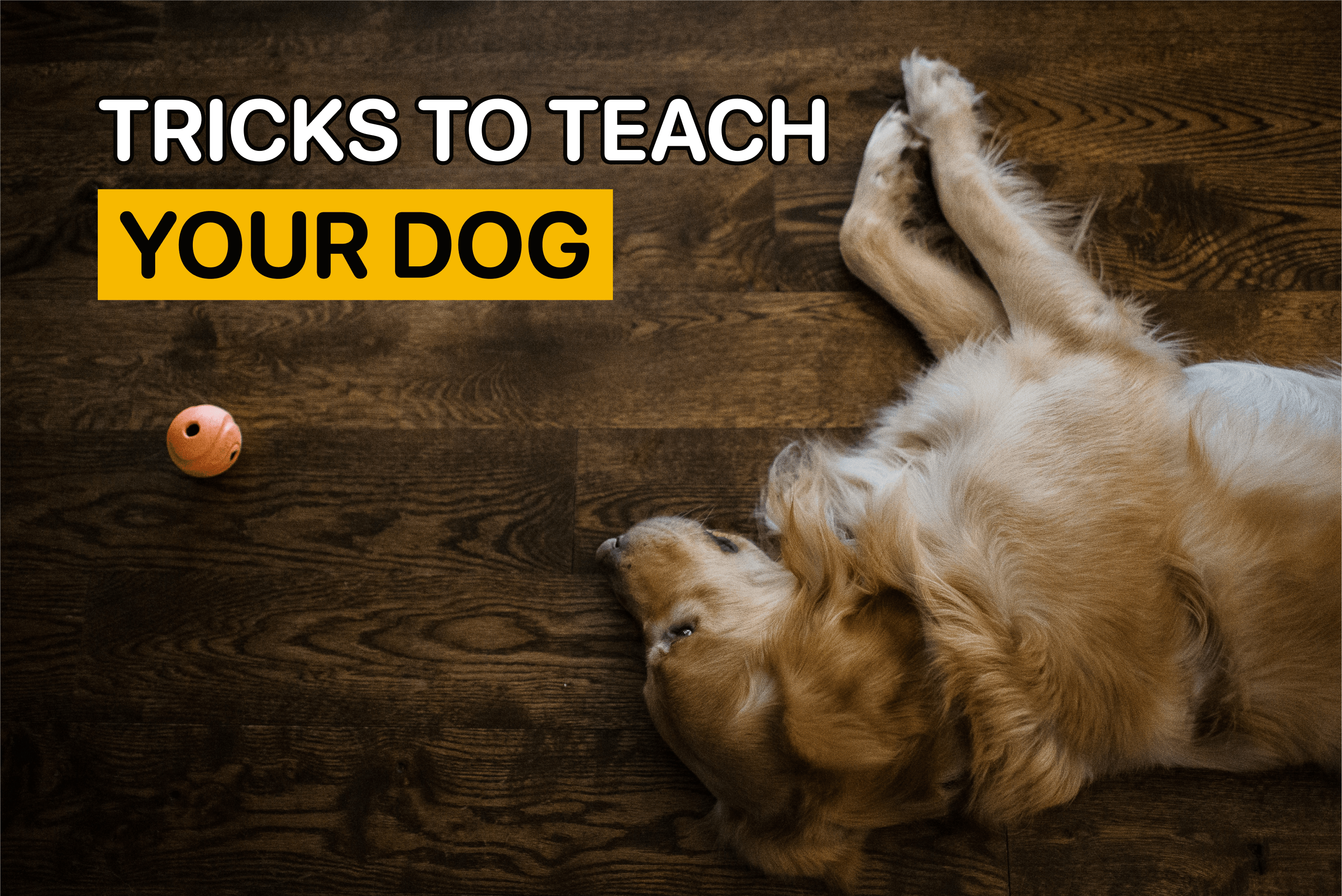How Long Does Puppy Training Take? 5 Tips to Speed Up the Process

By
Woofz Team Updated on |Reviewed by Shannon Kenny
When you bring a new puppy home, you may start training them immediately to improve their behavior and make it easier for you to integrate them into your household. However, things may not go according to plan, and you may encounter setbacks during the training process. How long does it take to train a puppy? Can the process of learning basic obedience commands be faster? Keep reading to find out more.
How Long to Train a Puppy?
Every pup has a unique personality and comes from a different background. You can expect your puppy to acquire specific skills and basic commands in the same way as any other dog. Your approach must be more individual, as each puppy develops at their own pace.

For instance, some pups master potty training quicker than others and succeed in having regular potty breaks outdoors. Others may struggle with the process and even require professional assistance from a dog trainer.
So, depending on their individual characteristics, how long does it take to train a puppy? Let’s get a brief overview of what can influence your pup’s training progress.
You can expect your puppy to grasp basic commands and master household rules in around 4 months. However, more advanced commands, tricks, and behavioral issues may require a more extended training period.
Age
There’s no such thing as a dog that is too old to be trained, but most puppies are, on average, easier to train, as they’re more naturally receptive to acquiring new skills. On the other hand, young dogs have shorter attention spans and less developed impulse control.
Breed
Some breeds are considered better at learning new commands. They usually share such distinctive features as a high level of intelligence, a desire to please humans, and an eagerness to work. Among the most trainable dogs, one can find Border Collies, Labrador Retrievers, and Golden Retrievers.

Note: These rankings are based on general breed tendencies and may not apply to every individual dog. All dogs are capable of learning through consistent training, positive reinforcement, and patience.
Individual personality
Your puppy’s temperament plays a crucial role in learning new skills.

Dogs that demonstrate good training results typically show enough confidence to try new things. From there, consistent training, operant conditioning, and learning theory shape their progress. Consider that their personality allows you to modify the training routine and adjust it to meet your pet’s needs.
Training methods
Positive reinforcement methods produce the best results in puppy training. Using praise and rewards reinforces good behavior, as it uses the positive reinforcement quadrant of operant conditioning: reward a behavior and the frequency that it's offered will increase. If you resort to stricter methods, such as using punishment, you risk making your dog feel anxious in your presence and less cooperative.
Consistency and frequency
Due to their short attention spans, puppies benefit more from short training sessions. Aim for no more than 5–10 minutes at a time, and repeat the sessions several times a day. Brief but regular sessions are always more effective for young pups than extended ones.
Environment
The place where you work on new commands can either help your pup learn skills faster or distract them. Opt for quiet and distraction-free spots and gradually introduce your canine student to different auditory, visual, and other stimuli.
Socialization
Early socialization has numerous advantages.

Start training in the first months of a dog’s life and gradually introduce your pet to new places, people, and other dogs (taking your pup to a dog park is an excellent example of a new environment for a puppy). Working on your puppy’s socialization with others within the first months of their lives reduces the risks of anxiety and aggression in the future.
5 Tips to Speed Up Puppy Training
Now, let’s check out some tips you can use to make the learning process more effective for your puppy, so that they can master desired behaviors faster.
1. Focus on rewards
Encourage your dog to follow your lead and learn basic commands by using high-value treats, their favorite toys, physical touch, and verbal praise. These will motivate your pup to display specific behaviors.

Rewards can help with house training, crate training, leash training, and other forms of obedience training. As time passes and they become more confident in following your commands, you can gradually reduce and eventually eliminate the rewards, so that they follow your commands solely.
2. Avoid punishment
Punishment is ineffective in the long run, and it can hinder your communication with your dog. As a result, your pet is more likely to develop fear, separation anxiety, and behavioral issues. Opt for positive reinforcement instead, as well as time-outs, redirection of undesired behaviors (such as offering chew toys to prevent destructive chewing), and environmental modification (such as gates, crates, or leashes).
3. Stick to the routine
Use short training sessions (up to 10–15 minutes) and repeat them 3–5 times a day.

Train a puppy when they’re fed (but not right after the meal), alert, and well-rested. To obtain the best results, stick to your schedule daily.
4. Be consistent with expectations
Inconsistent expectations leads to confusion, and your puppy may misunderstand what behavior you disapprove of. For example, if you reward your puppy with affection when they jump on you after you arrive home, you encourage the behavior. However, if you scold them when they jump on you right before you leave the house in your nice clothes, they will be confused! Keeping your boundaries and rules consistent will help your puppy learn faster.
5. End on a positive note
Ending training sessions on the most successful repetition of a behavior helps your pup associate learning with success and enthusiasm. You can reinforce this positive finish with a fun game or a high-value treat, making the experience rewarding and enjoyable. It’s also essential to stop before your dog gets too tired, so stick to age-appropriate time limits.
Wrap Up
Teaching a puppy good behavior is essential, and all pet parents should dedicate time to it. To make the process more effective and less stressful, consider your pup’s breed, personality, age, and other factors that can impact how fast they acquire new skills. Show patience towards your canine student and use positive reinforcement methods to grow their enthusiasm for learning new commands.


